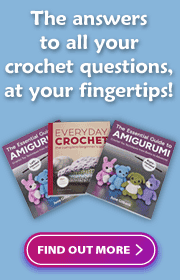
Not only fun to roll, stack, throw, and catch, these Polyhedral (‘many-faced’) Balls are very special: they are crocheted versions of the five Platonic solids; the only five geometric solid shapes possible where every face is identical and the same number of faces meet at each vertex (corner). Fun and educational! Not ready to make […]






















